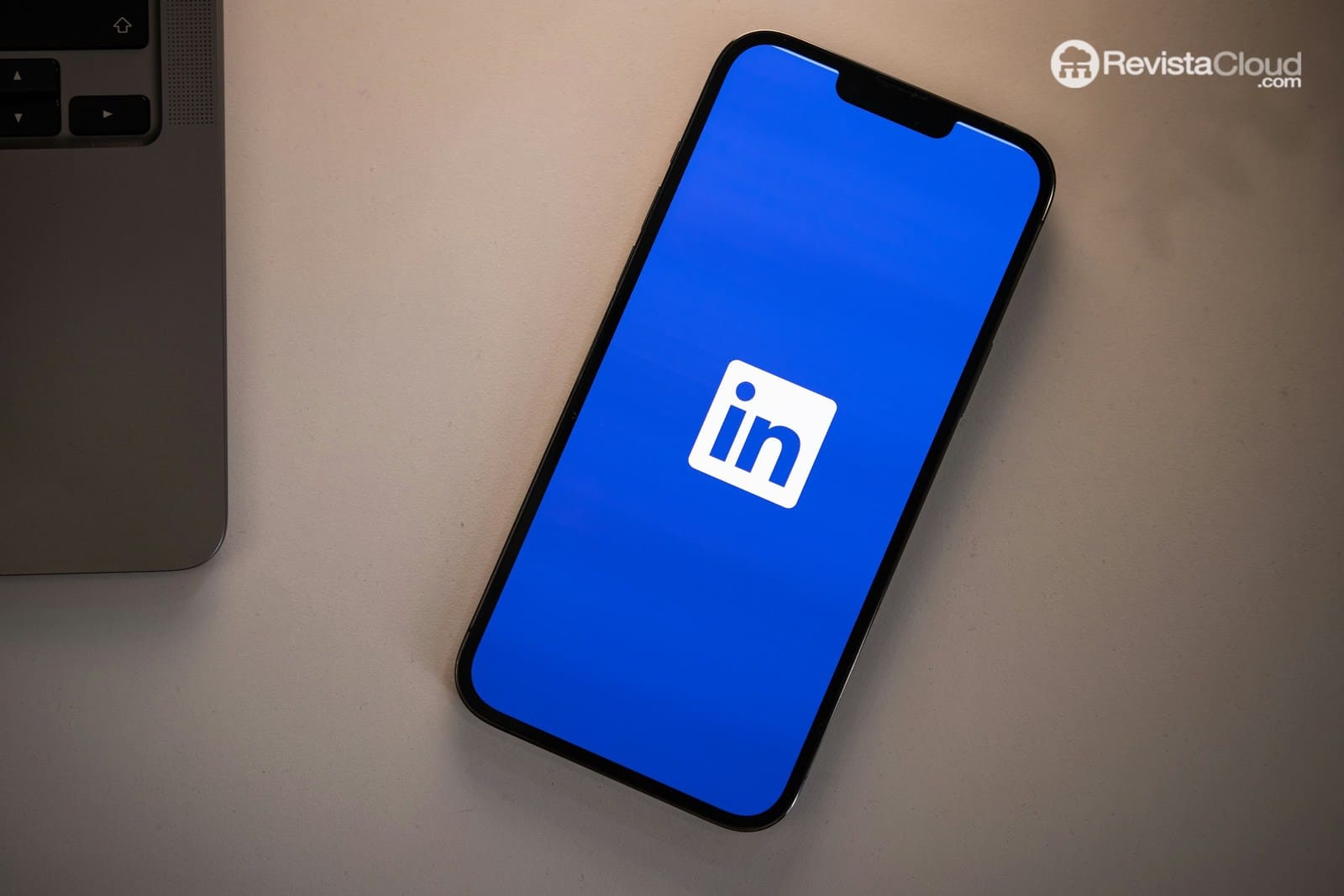Ángel Sáenz de Cenzano, CEO of LinkedIn Spain and Portugal, reflects on the role of the professional network in transforming work and the urgent need to reconnect training and the labor market.
Today, being outside LinkedIn is almost like not existing professionally. Since its inception in 2003, the world’s largest professional social network has evolved from a simple job search tool into a global ecosystem connecting over 1 billion users (22 million in Spain), companies, and institutions with a common purpose: shaping the future of work.
Against this backdrop, Sáenz de Cenzano discusses with Cristina Hebrero (KPMG) the most pressing challenges in the labor market and how the platform aims to bridge the increasing gap between education and employability. “Today, knowing is not enough; you must know how to learn,” he affirms.
Technical, soft skills, and the pressure of time
According to LinkedIn’s latest Workplace Learning Report 2025, half of corporate training managers doubt their teams have the necessary skills to execute business strategies. It’s not just technical skills like cybersecurity, data analysis, or generative AI; “nine out of ten executives tell us that soft skills are even more valuable today than hard skills,” Sáenz de Cenzano explains.
Communication, adaptability, collaboration, and critical thinking have become essential in an environment where artificial intelligence automates technical tasks but leaves judgment and empathy to humans. “The deficiency isn’t just in what we know, but in how quickly we can update that knowledge,” he emphasizes.
Attracting talent in times of purpose and flexibility
It’s no longer solely about salary. People seek impactful projects, inclusive cultures, and genuine flexibility—both in schedule and location. According to LinkedIn data, 42% of employees are driven by salary improvement, but 24% aim to be promoted, and 23% look for new development opportunities. “The key is offering career paths within the company, not just a position,” Sáenz de Cenzano notes.
Internal mobility has increased by 6% over the past year. Companies that foster this growth through ongoing training not only retain talent but develop it.
Lifelong learning
Although 91% of professionals place more value than ever on continuous learning, only 36% of companies have solid career development programs. “The barrier isn’t investment, which is rising, but culture—making space for training in the workday and measuring its impact beyond screen hours,” he remarks.
This urgency is accelerated by AI’s emergence. Between December 2022 and September 2023, conversations about artificial intelligence on LinkedIn grew by 70%. By 2030, estimates suggest that 70% of current skills in the labor market will have been transformed.
“It’s a profound change, but not catastrophic,” he points out. “Jobs don’t disappear; they evolve. The key will be shifting from a focus on titles to one based on skills.”
Generations learning from each other
One of the major challenges, Sáenz de Cenzano says, is fostering exchange between young and senior talent. “Junior profiles bring digital fluency; seniors bring strategic vision. When working with multigenerational teams, innovation naturally emerges,” he affirms.
Programs like reverse mentoring, where a young person trains a veteran in new technologies in exchange for career guidance, are working well but still have room for growth.
A bridge between public and private sectors
LinkedIn also advocates for institutional collaboration. In Madrid, for example, the platform, together with the regional government, has launched a digital skills program offering free access to over 24,000 courses to people over 20. “Up to 32,000 citizens will be able to earn official certifications aligned with what companies demand,” he highlights.
According to the KPMG Trends report, the most successful organizations of the future will be those that orchestrate effective partnerships between public and private actors to accelerate talent upskilling and reconversion. LinkedIn’s experience confirms this.
Talent mapping driven by data
With over 1.2 billion profiles worldwide, LinkedIn has become a global employment observatory. Its Economic Graph tool allows real-time insights into growing skills, job destruction, and emerging profiles. “Sharing this data with governments and companies helps make informed decisions, not just guesses,” Sáenz de Cenzano explains.
Along with Microsoft, they launched Skills for Jobs, a program that has already provided free training to over 80 million people and aims to certify an additional 10 million by the end of 2025.
A clear conclusion
“We train the professionals of the future to fill the vacancies demanded by the business fabric,” Sáenz de Cenzano concludes. In a world that changes faster than the education system can adapt, platforms like LinkedIn do more than connect talents—they help create them.
Because, ultimately, the future of work isn’t anticipated; it’s built.

